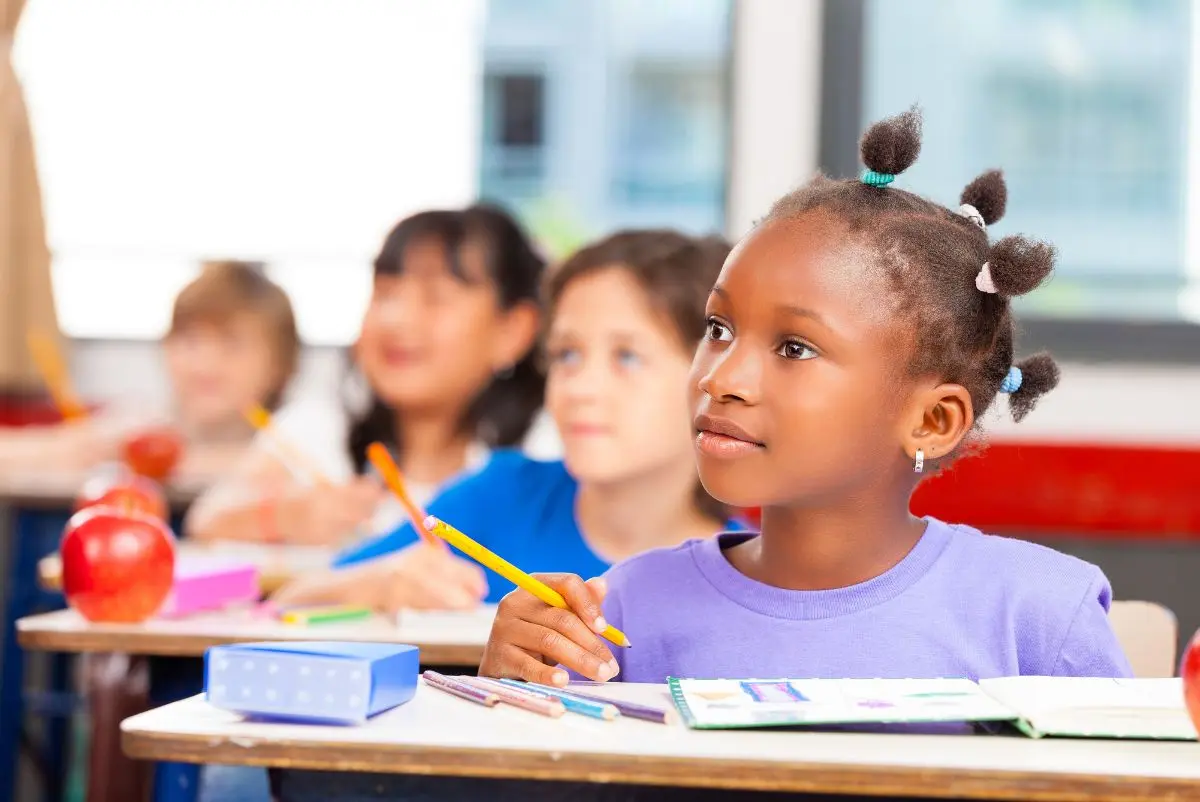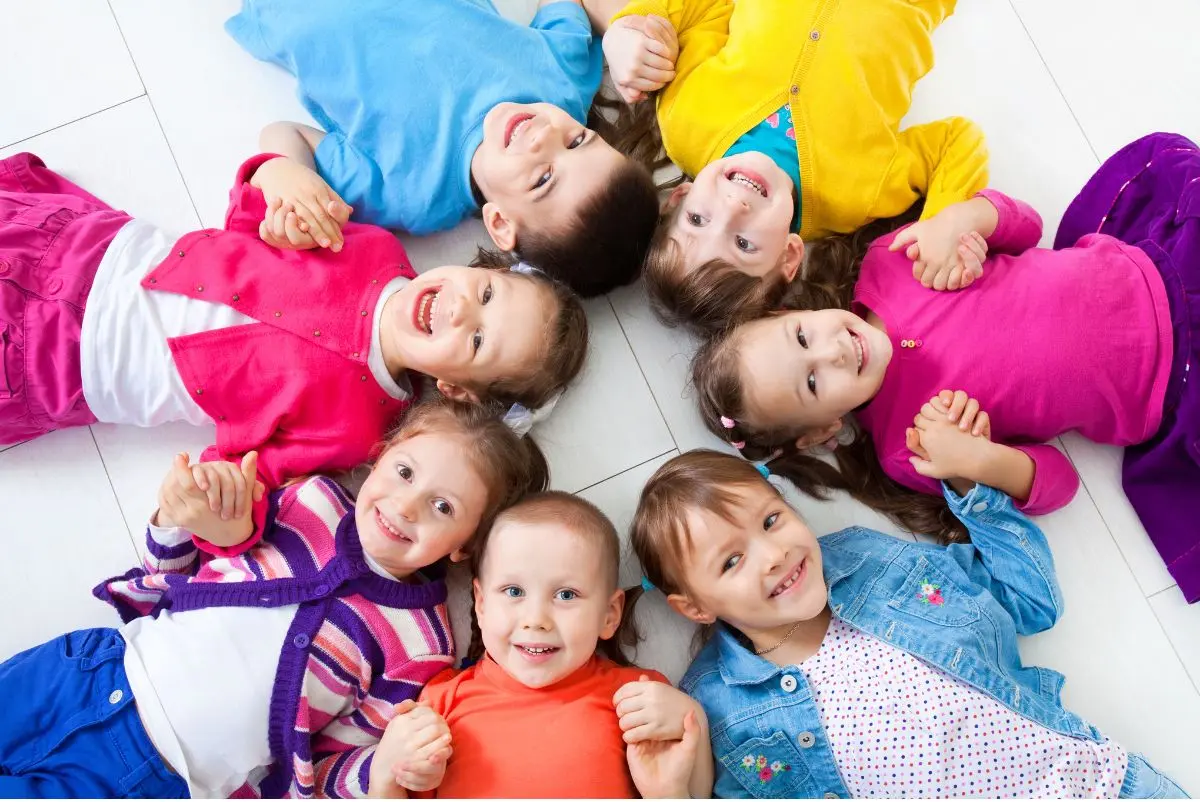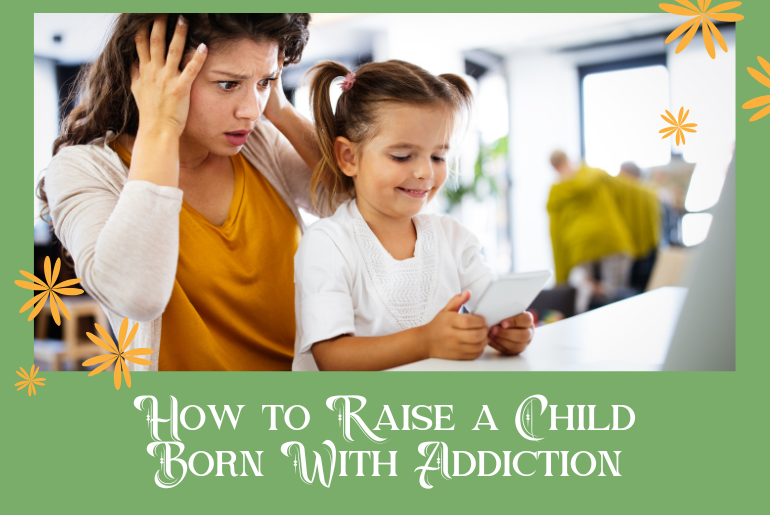Raising happy and well-behaved children is a goal that every parent aspires to achieve. One approach that has gained popularity in recent years is positive discipline, a method that focuses on teaching children self-discipline, responsibility, and problem-solving skills while fostering a strong parent-child relationship. This post will explore the principles of positive discipline, discuss techniques to implement it, address common challenges, and provide real-life examples.
Principles of Positive Discipline
The following are the four positive discipline principles:

1. Encouragement
Encouragement is a fundamental aspect of positive discipline. It helps children feel capable and confident in their abilities, fostering a sense of accomplishment and motivation to learn from mistakes.
2. Empathy
Empathy allows parents to connect with their child’s feelings and emotions. By understanding the child’s perspective, parents can better guide and support them in navigating challenges and learning valuable life skills.
3. Mutual Respect
Respect between parent and child is a cornerstone of positive discipline. It involves treating each other with dignity, acknowledging feelings, and understanding individual needs and boundaries.
4. Empowerment
Positive discipline aims to empower children by providing opportunities for them to develop their decision-making and problem-solving skills. This helps build a strong sense of autonomy and responsibility.
Implementing Positive Discipline
The following tips will help you implement positive discipline:
1. Set Clear Expectations
Establishing clear expectations and guidelines helps children understand what is expected of them and the consequences of their actions. It is essential to communicate these expectations in a clear, age-appropriate manner.
2. Offer Choices
Providing choices allows children to feel a sense of control and autonomy. This approach helps them learn the consequences of their decisions while still being guided by parental boundaries.
3. Use Natural Consequences
Natural consequences are the logical outcomes of a child’s actions, which can serve as powerful learning experiences. Positive discipline encourages the use of natural consequences to teach children the importance of taking responsibility for their actions.
4. Establish Routines
Routines provide structure and predictability, helping children feel secure and supported. They also teach essential life skills such as time management, organization, and self-discipline.
Positive Discipline Techniques
There are various positive discipline techniques, some of them include:
1. Time-In
Time-in is a technique that focuses on connecting with the child and addressing their feelings, rather than isolating them as in a traditional time-out. It fosters emotional understanding and connection between parent and child.
2. Reflective Listening
Reflective listening involves validating the child’s feelings and acknowledging their perspective. This approach helps children feel heard and understood, leading to a stronger parent-child bond and improved communication.
3. Collaborative Problem Solving
Collaborative problem-solving is a technique that involves working together with your child to find solutions to challenges and conflicts. This approach teaches children how to think critically and negotiate, fostering a sense of teamwork and cooperation.
4. Praise Efforts
Recognizing and praising your child’s efforts, rather than solely focusing on outcomes, encourages a growth mindset and a willingness to learn from mistakes. This approach boosts self-esteem and promotes resilience in the face of challenges.
Challenges and Solutions
Positive discipline also comes with its own sets of challenges and solutions, some of which are:

1. Dealing with Resistance
Resistance from your child is a natural part of the learning process. Stay patient and consistent in your approach, and try to understand the underlying reasons for their resistance. Offer support and encouragement while maintaining clear expectations.
2. Avoiding Power Struggles
Power struggles can be counterproductive to the positive discipline approach. To avoid them, focus on offering choices, setting clear expectations, and staying calm and composed during conflicts. Remember to model respectful behavior and foster open communication.
3. Consistency and Patience
Being consistent and patient is crucial for the success of positive discipline. This approach takes time and effort, but the rewards of a strong parent-child relationship and well-behaved, happy children are well worth it.
Real-life Examples
When a child refuses to clean their room, instead of threatening punishment, a parent using positive discipline might say, “Would you like to clean your room now or in 15 minutes? I’ll be here to help if you need me.” If a child is struggling with homework, a positive discipline approach involves offering empathy and support, saying, “I can see you’re frustrated. How can I help you with this problem?”
FAQs

What is the main goal of positive discipline?
The main goal of positive discipline is to teach children self-discipline, responsibility, and problem-solving skills while nurturing a strong parent-child relationship.
How does positive discipline differ from traditional discipline methods?
Positive discipline emphasizes encouragement, empathy, mutual respect, and empowerment, instead of relying on punishment or control. It seeks to understand the underlying causes of misbehavior and address them in a supportive and constructive manner.
Can positive discipline be used with children of all ages?
Yes, positive discipline can be adapted and applied to children of all ages. The principles and techniques may need to be adjusted to suit the child’s developmental stage, but the overall approach remains consistent.
How can I start implementing positive discipline in my home?
Begin by familiarizing yourself with the principles and techniques of positive discipline. Set clear expectations, establish routines, offer choices, and use natural consequences. Remember to practice empathy, mutual respect, and encouragement while staying consistent and patient.
Is it ever too late to start using positive discipline?
It’s never too late to start implementing positive discipline. While it might take time to see results, especially if your child is older, the benefits of a stronger parent-child relationship and improved behavior are worth the effort.
How do you raise a happy and disciplined child?
To raise a happy and disciplined child, practice positive discipline by setting clear expectations, providing choices, using natural consequences, establishing routines, and fostering empathy, mutual respect, and encouragement. Stay consistent and patient throughout the process.
What are the 3 types of discipline for children?
The three types of discipline for children are:
1. Preventative Discipline: Proactively addressing potential issues by setting clear expectations, routines, and boundaries.
2. Supportive Discipline: Guiding and encouraging children as they navigate challenges, helping them learn from their experiences.
3. Corrective Discipline: Addressing misbehavior by using logical consequences, offering support, and teaching alternative behaviors.
What are the 3 F’s of positive parenting?
The 3 F’s of positive parenting are:
Firm: Setting clear and consistent boundaries and expectations.
Fair: Treating children equitably and applying consequences and rules consistently.
Friendly: Maintaining a warm, supportive, and nurturing relationship with your child.
What is a positive discipline in child development?
Positive discipline in child development is an approach that focuses on teaching children self-discipline, responsibility, and problem-solving skills in a supportive and nurturing environment. It emphasizes encouragement, empathy, mutual respect, and empowerment, fostering strong parent-child relationships and promoting healthy emotional, social, and cognitive development.
Conclusion
A positive discipline is an effective approach to raising happy, well-behaved children. It focuses on teaching self-discipline, responsibility, and problem-solving skills while fostering strong parent-child relationships. By understanding and implementing the principles and techniques of positive discipline, parents can support their children’s emotional, social, and cognitive development.

I am Christiana Williams, a multitasking sociologist and proud mama of three. With a passion for exploring the complexities of modern parenting, I bring my unique perspective and expertise to the table. As a seasoned parent and seasoned sociologist, I have a wealth of knowledge and experience to share. From the ups and downs of raising a family to the latest research on child development, I am on a mission to help other parents navigate the joys and challenges of parenthood. Get ready to be inspired, informed, and entertained as I share my insights and adventures as a parent.




